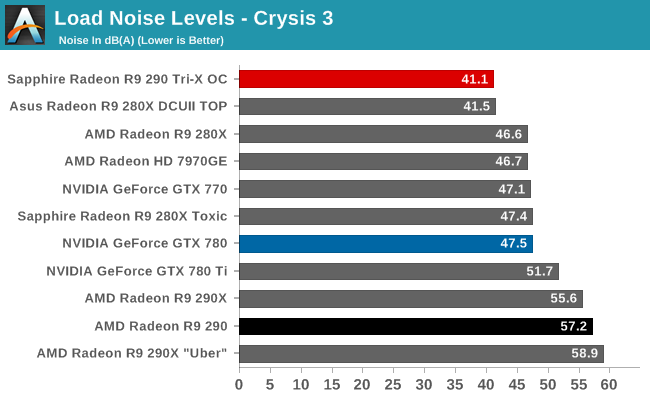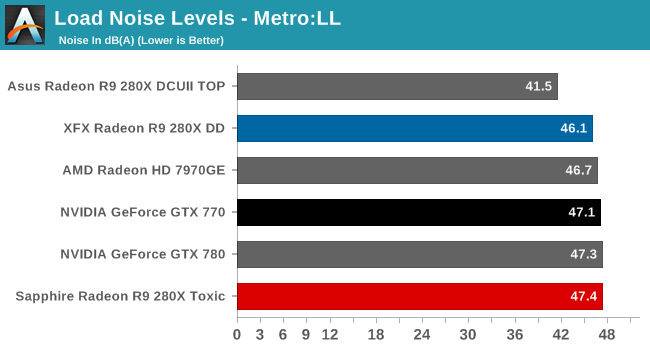http://media.bestofmicro.com/Q/K/418268/original/61a.jpg
Notice on the bottom "On AMD A10-7850 APU + R9 290x"
I have modified my opinion of the Kaveri roll out. I think that the reason Kaveri hasn't been hyped yet with a specific discrete GPU combo is because the driver isn't ready. Part of the reason the driver isn't ready is Dice was late with their Mantle patch. One of the main reasons AMD has switched to this APU architecture was to push their GPU ip since they can't beat Intel on the CPU side. To push their GPU ip, they needed an in-house api to leverage it. Since they had a working relationship with the top game devs via the console business, it only made sense to partner with one of the bigs for the Mantle driver roll out...in this case Dice.
Dice threw a wrench into things last month when they announced they would be late with the Mantle update. AMD was committed to the roll out date due to ramp issues, OEM placements, earnings, and other issues...so they went without the Mantle driver. I am calling this a soft launch with the REAL launch coming with the Mantle drivers and specific discrete pairings that the review sites and others can sink their teeth into. I am giving AMD a 30 day pass on this launch...provided the Mantle driver launch is handled well.
Everybody who buys a $200 4670k would buy a 7850k IF the graphics pairing was superior on the major titles. I would argue that if this Mantle driver can show superior benchmarks with a 270x ($200) and above discrete card paired with a 7850k, this could be a game changer. I think this roll out was soft on purpose because the Mantle driver was late largely because of Dice.



